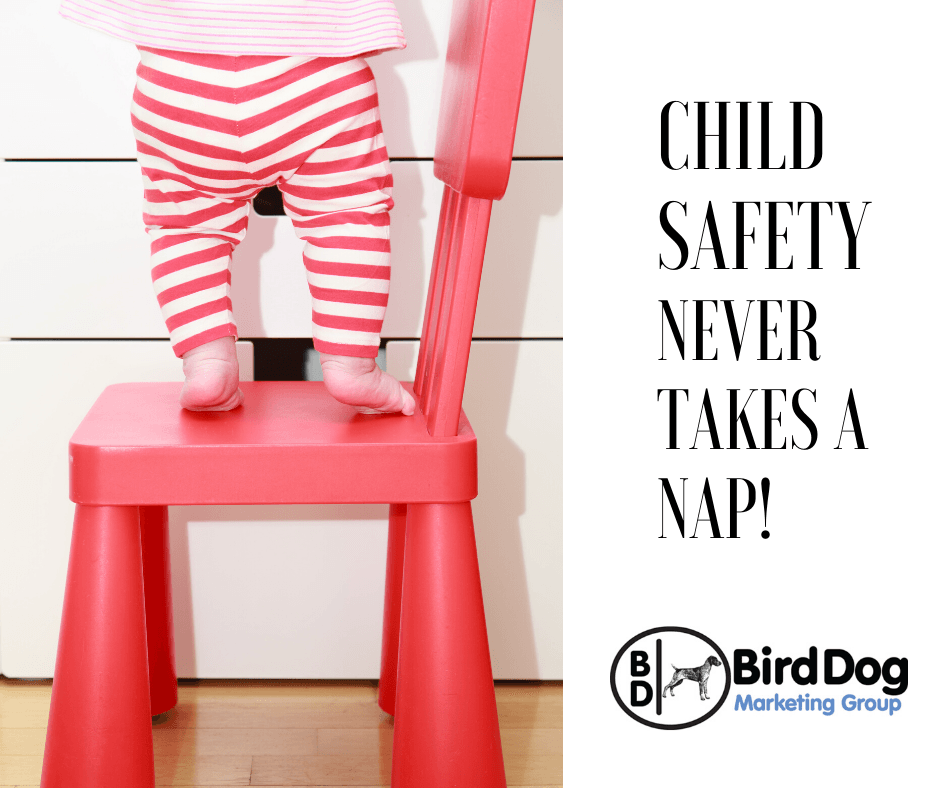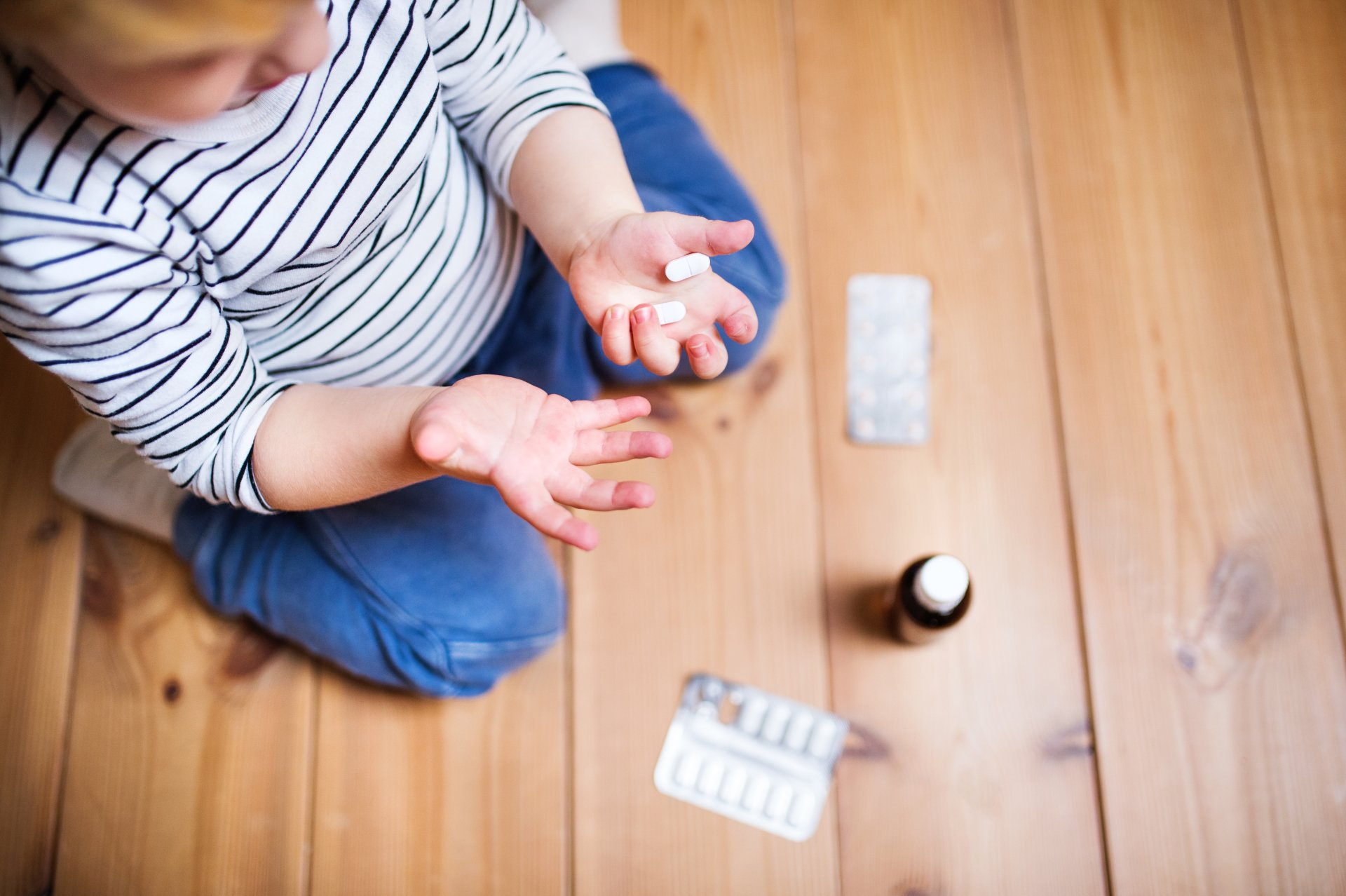Blog Layout
Top Ten List - How to Protect Children from Accidental Poisoning
Beth Mack • March 6, 2020
1.
Buy medicines and vitamins with child-resistant caps or packaging. Always close the caps as directed after use.
2.
Keep medicines out of reach. Always store medicines in their original containers in a locked closet, cabinet, or drawer where children cannot see or reach them. Young children are always exploring their surroundings and putting things in their mouths.
3.
Keep purses and diaper bags out of the reach of children. Remind guests how important this is. We sometimes forget that people often keep a small amount of medicine in their purse and that visitors may not be used to having curious children around their home.
4.
Avoid taking medicine in front of children. Young children learn by imitating adults and they see everything.
5.
Never call medicine candy. Medicines and candy can look the same and children can’t tell the difference.
6.
Talk to babysitters/caregivers about the risks and what to do to prevent accidental poisonings.
7.
Never leave the medicine on the counter – open or closed. Always close the cap securely and place in a location out of the reach of children. If you get called away for even a brief amount of time, take the container with you or close it properly.
8.
Talk with your children and remind them often to never take a medicine unless an adult gives it to them
9.
Regularly clean out your medicine cabinet and safely dispose of them.
10.
Keep the Poison Center number on your cell phone (1-800-222-1222). If you suspect or know your child has taken a medicine, call immediately. Do not give the child anything to eat, drink or make the child vomit unless the Poison Center tells you to.
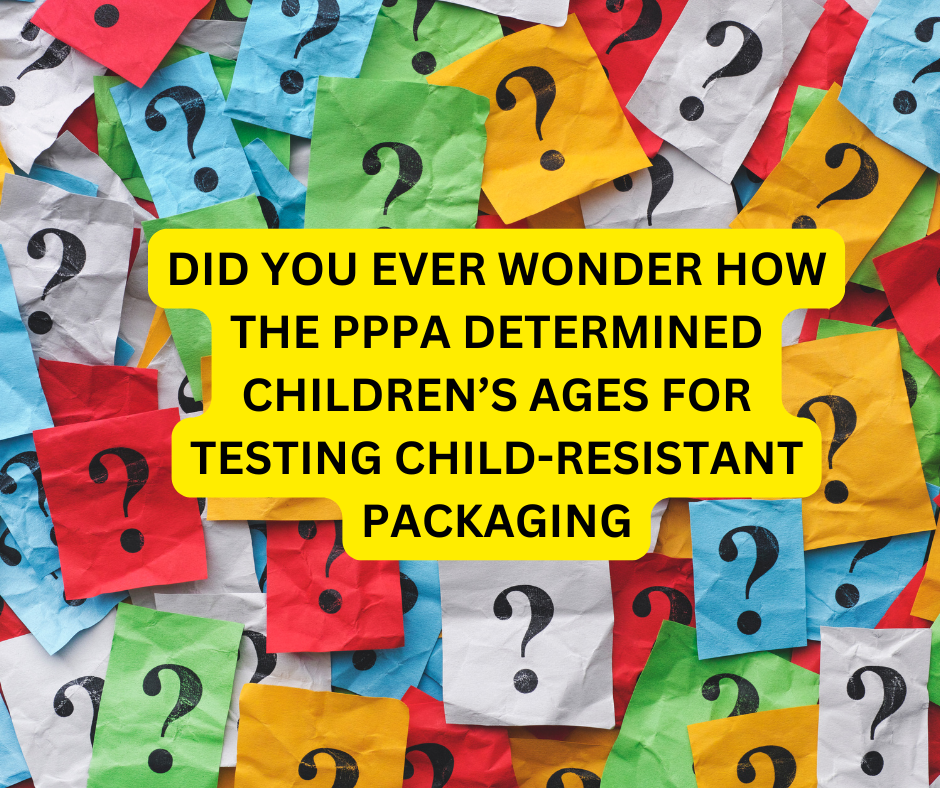
By Mark Perkins
•
November 19, 2024
The Poison Prevention Packaging Act (PPPA), enacted in 1970, is one of the cornerstones of child safety regulations in the United States. Its primary goal is to prevent children from accessing hazardous household substances like medications, household chemicals, and other toxic products. As part of this initiative, the law requires certain products to be packaged in child-resistant containers. The question is: how did the government determine the specific age ranges of children who should be tested for these packaging requirements?
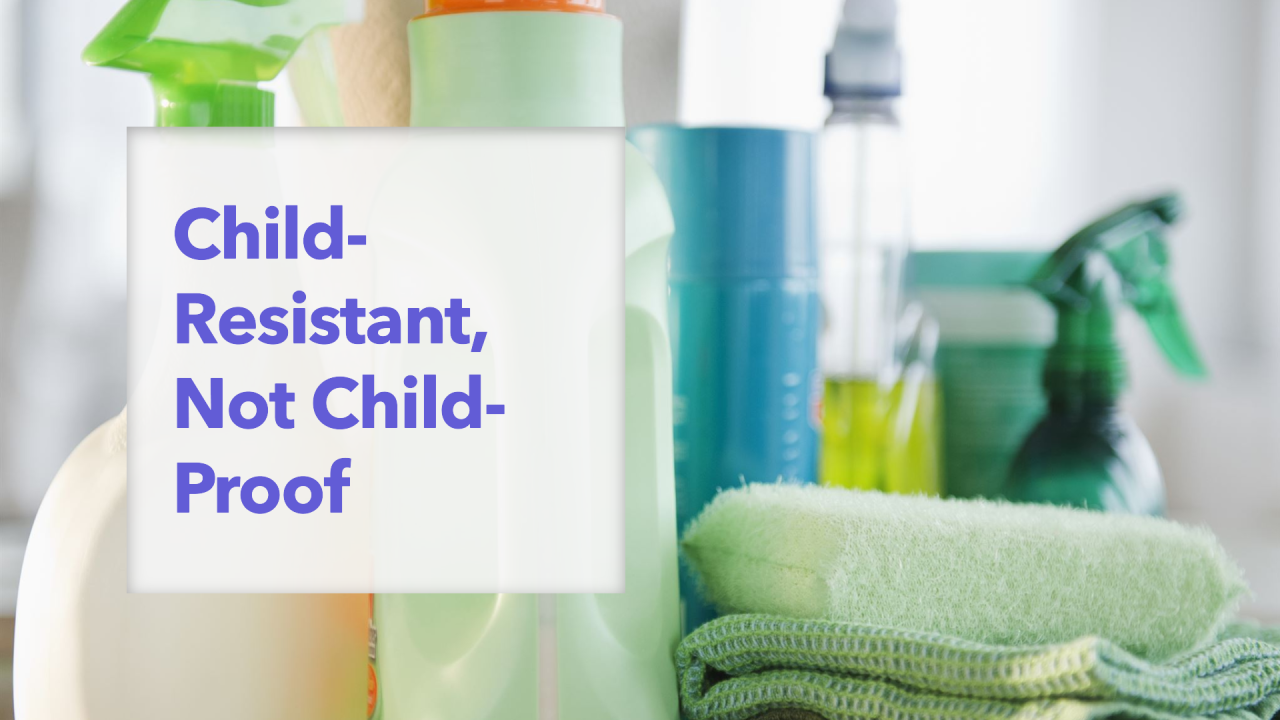
By Mark Perkins
•
October 17, 2024
Dispelling the Myth: Why There is No Such Thing as Child-Proof Packaging. In the realm of product safety, particularly concerning items like medications, household cleaners, and chemicals, the term "child-proof packaging" is commonly used. However, despite its widespread usage, the concept of truly child-proof packaging is a misnomer. We will delve into why there's no such thing as completely child-proof packaging and what measures can be taken to enhance child safety.
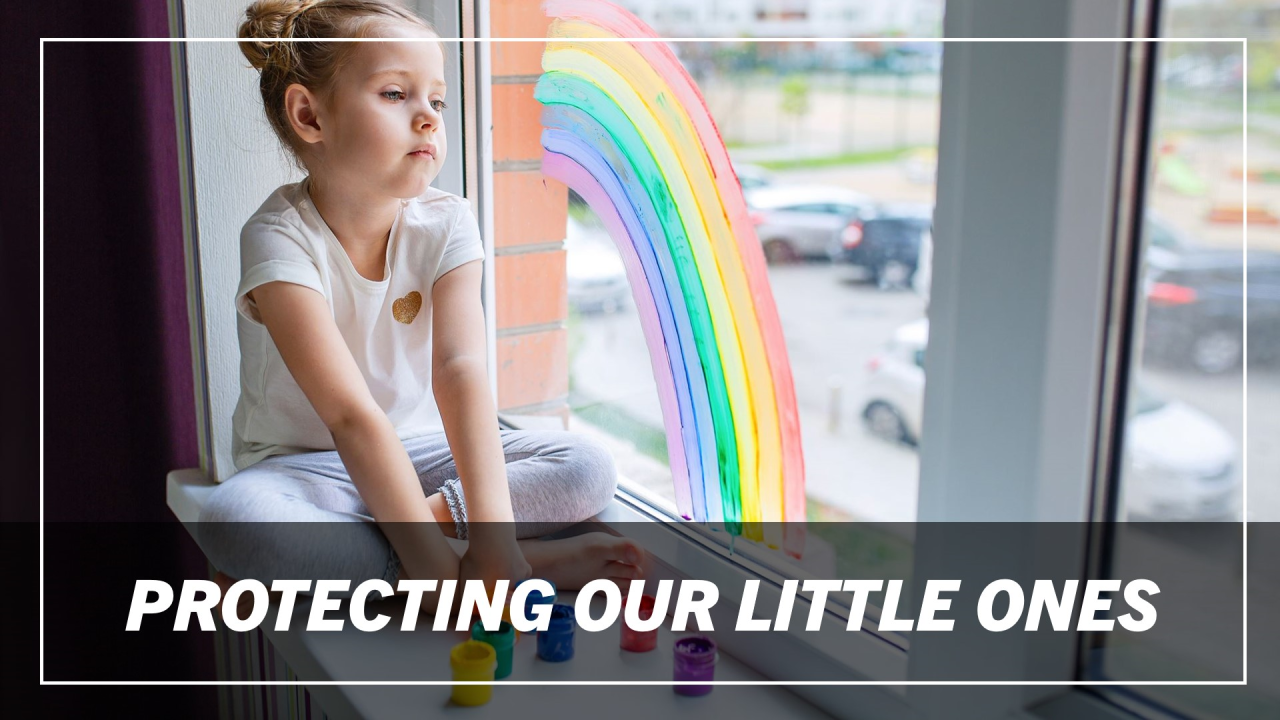
By Mark Perkins
•
October 17, 2024
Every year, thousands of children under the age of five face serious health risks due to unintentional poisonings. This article will review the statistics, explain how child-resistant packaging works, and detail how parents can help keep their children safe from accidental poisoning.
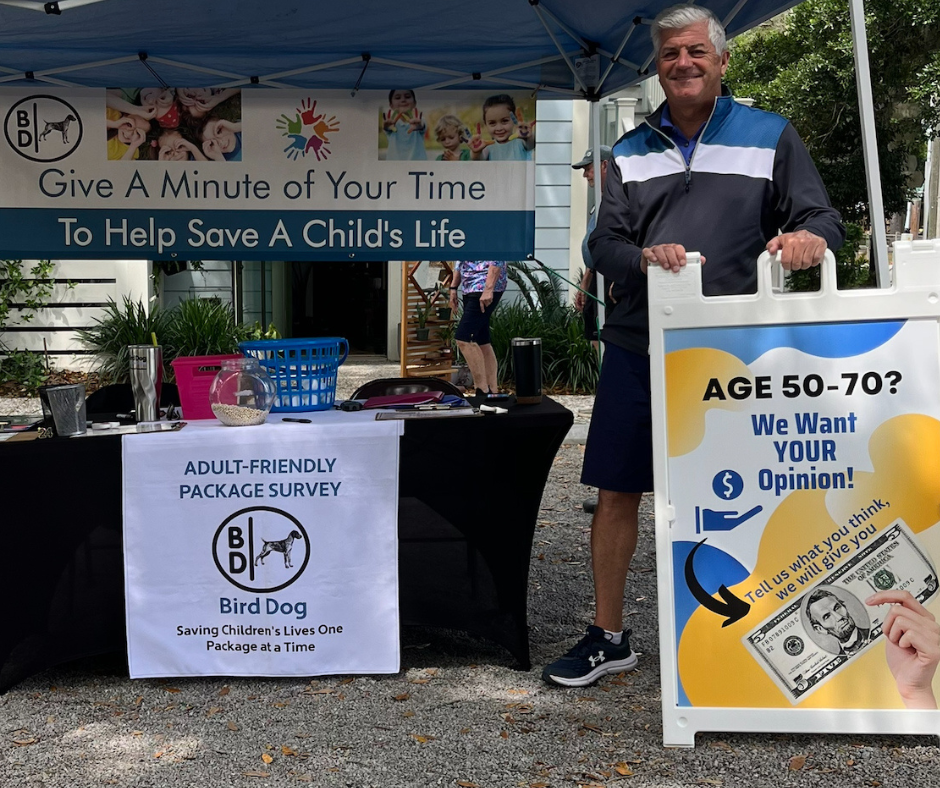
By Mark Perkins
•
June 5, 2024
Our test proctors administering adult-use package testing are often asked, “Why are you only testing adults 50-70 years of age?” Here’s the story behind that decision. When the U.S. Congress passed the Poison Prevention Packaging Act of 1970 (PPPA), the Consumer Product Safety Commission (CPSC) required child-resistant packaging for specific drugs and household chemicals that could harm children. Package manufacturers developed and introduced new child-resistant packaging to comply with the requirements. Per the PPPA, the specialty packaging required certification that they were child-resistant. At the time, the adult-use effectiveness portion of the package test protocols included adult test subjects 18-45 years of age, a significant change from our current adult-use effectiveness subjects who are 50-70.

By Mark Perkins
•
April 10, 2024
As the world leader in child-resistant and senior-friendly package testing, Bird Dog Marketing Group considers ISO 17025 accreditation an essential requirement for all testing laboratories, and this is why we choose to be audited for accreditation annually. Our global customers have the assurance that they can trust the results we provide to them on every test.

By Beth Mack
•
February 13, 2024
BDMG is proud to celebrate 55 years of child-resistant package testing, continuing Gene Miller's legacy of saving children's lives from accidental poisoning. Many things have changed since the passage of the Poison Prevention Packaging Act of 1970, but the dedication of our team and our clients to working together in the testing of child-resistant packaging has remained the same.
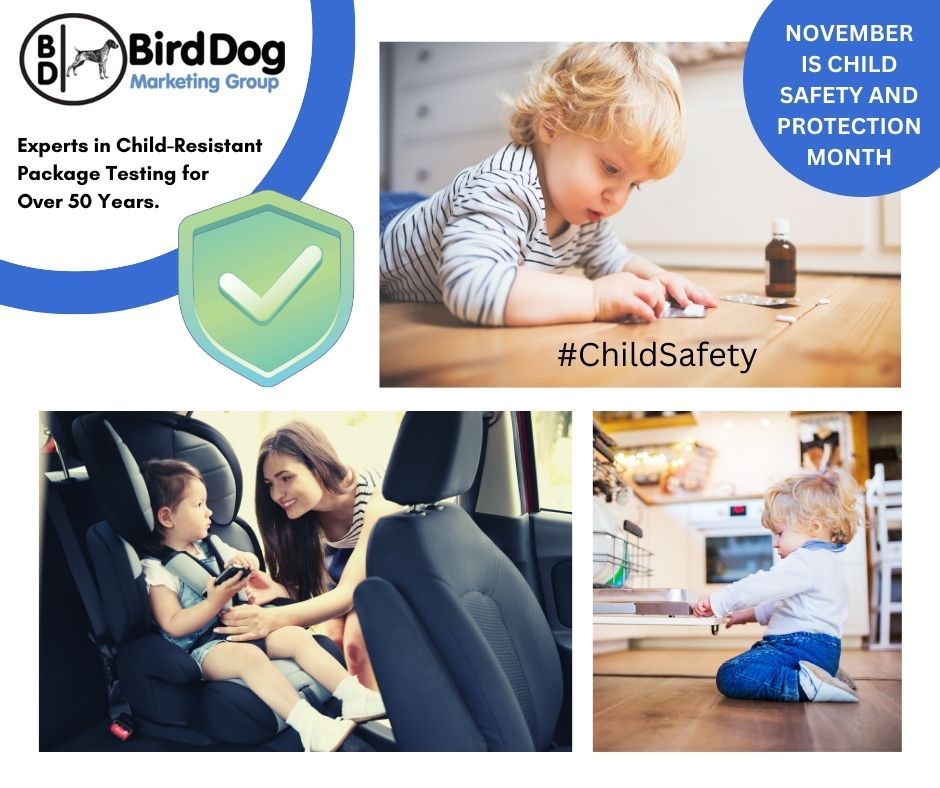
By Beth Mack
•
February 2, 2023
Here is a great resource for tips on protecting your children and grandchildren from accidental poisoning, choking, burns, and other household hazards. It's a reminder of how quickly a child's ability to access potentially harmful situations changes and the need to always be one step ahead! #childsafety #childsafetyandprotectionmonth https://www.safekids.org/safetytips
Contact us
Contact Us
Thank you for contacting us.
We will get back to you as soon as possible.
We will get back to you as soon as possible.
Oops, there was an error sending your message.
Please try again later.
Please try again later.
MAILING ADDRESS
166 Farmington Lane
Lancaster, PA 17601
PRINCIPALS' PHONE NUMBER
David S. Hipple
717-475-9751
dhipple@birddogmarketinggroup.com
Mark D. Perkins
717-615-9022
mperkins@birddogmarketinggroup.com
© 2025
All Rights Reserved | BirdDog Marketing

